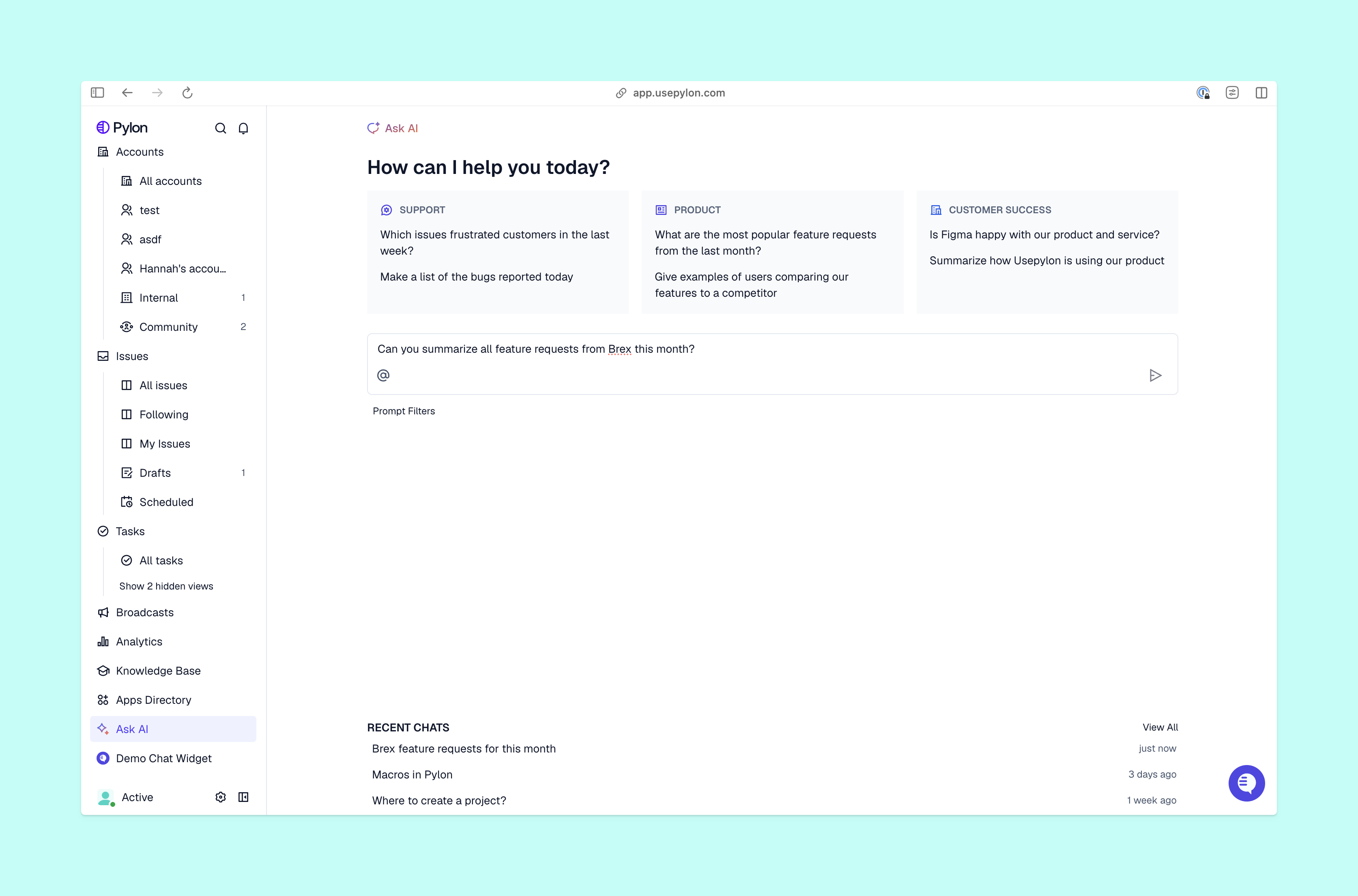Benefits of Multilingual Customer Support and Why It Works
Learn the benefits of multilingual customer support, where it’s most needed, and best practices to boost customer satisfaction and business growth.
More and more companies now serve customers across continents, cultures, and time zones. Offering support in just one language can limit your reach and stunt long-term growth. Instead, taking a multilingual approach helps you build trust with all your customers and deliver consistent service at scale.
In this article, we’ll explain what multilingual customer support is, which industries benefit most from it, and how to build a multilingual strategy that keeps customer experience personal. You’ll also learn how automation helps companies deliver smarter and faster multilingual customer support without increasing workload.
Understanding Multilingual Customer Support

When you offer customers help in multiple languages, they can communicate, get product guidance, and resolve problems in their native or preferred language, no matter how they reach out.
For B2B companies that serve international markets, having a multilingual help desk directly impacts how confident your customers are about getting the right support from your team.
When you create a strong multilingual customer experience, you also improve response times and reduce the risk of miscommunication. These are both critical in technical and time-sensitive support environments.
Ultimately, multilingual support matters because it shows respect to your customers. When you speak their language — both literally and figuratively — you’re signaling a commitment to accessibility, inclusion, and long-term relationships.
Key Benefits of Multilingual Customer Support for Businesses
Offering multilingual support gives your team more than just a communication advantage. It builds real connection, boosts retention, and opens the door to new customer bases. Here are some of the biggest benefits:
- Stronger global reach. A multilingual help desk instantly expands your customer market. When customers can talk to your team without language barriers, they also adopt your product and solutions faster.
- Improved customer satisfaction. When you let customers use their preferred language, they can communicate problems and express themselves clearly. Your support team can then diagnose and problem-solve faster, which increases satisfaction scores and lowers churn.
- Increased revenue opportunities. Companies that offer multilingual customer support can tap into global markets. Offering a localized experience builds trust and makes international customers more likely to renew contracts or refer others.
- Consistency across channels. Whether customers reach out through channels like Slack, ticket forms, chat, or email, they expect consistent customer support. Putting multilingual systems in place means you can deliver accurate information in every format.
- Better employee experience. With translation tools and AI assistance, multilingual customer support teams can spend less time finding the right translation and more time actually solving customers’ problems.
Ultimately, multilingual support benefits every layer of customer engagement, so companies can stand out in competitive markets.
Industries That Gain the Most From Multilingual Customer Support
Multilingual support is helpful in almost every sector, including these industries:
- Software as a service (SaaS). Global software platforms need to onboard and support users who speak different languages. You can reduce confusion and speed up product adoption by giving clear multilingual instructions.
- AI and dev tools. Complex technical products often need precise explanations. When you translate guides and chat responses accurately, you’re making sure users can implement solutions correctly.
- FinTech. Financial services depend on trust. Providing multilingual customer care builds confidence and supports compliance with local regulations.
- Cybersecurity. Global clients need 24/7 access to help in their preferred language, especially when you’re managing sensitive data or security incidents that need a quick response.
- E-commerce and logistics. These industries focus on convenience. By providing multilingual support, you’re improving your customers’ shopping and delivery experience.
In each of these industries, multilingual support is important for successful customer support and your long-term business strategy.
Essential Channels for Delivering Multilingual Customer Support

A multilingual customer support strategy works best if your customers can access it from their preferred communication channels. Here are some of the most important ones.
Knowledge Bases
A multilingual knowledge base lets customers read help articles in their native language, so they can troubleshoot independently. It’s a proactive resource that helps reduce ticket volume and improve resolution times for your team.
Translated and localized knowledge bases also help you maintain consistency across geographic markets. You can reuse the same article structure in multiple languages, but tailor content for cultural or geographic nuance.
Live Chat
Live chat remains one of the fastest-growing channels for customer support — 41% of customers prefer it over phone or email. Talking to a support team member (or AI agent) live is quick and convenient for customers, and multilingual customer support chat takes that even further.
When customers can connect with your team in their own language, they experience shorter wait times and can better communicate the problems they’re having. This, in turn, helps you give accurate responses and improves customer satisfaction.
Live chat also gives you insights into the common questions customers have, so your team can improve documentation and training.
When your team is responding to issues in another language, Pylon’s AI automatically handles translations so you can focus on actually solving the problem.
Book a demo to see how it works
Email Support
Email is still a big part of multilingual customer care. It’s especially useful for longer troubleshooting or escalations that have complex context.
With multilingual customer support emails, your team can maintain accuracy, voice, and tone across multiple languages. Using AI translation helps you stay consistent, tone-appropriate, and clear even when you’re handling complex issues.
Best Practices for Implementing Multilingual Customer Support
Multilingual customer support only scales if you implement the structure and tech to support translations. Here are a few ways to make sure your customers get the support they need across languages.
Use Advanced Translation Technology
These customer support tools use AI to keep tone, accuracy, and terminology consistent across multiple languages — which is impossible to do at scale if you’re only using human translation.
AI platforms can automatically translate knowledge base content and chat responses live, so your team can be responsive without needing multiple language specialists.
Maintain Quality Assurance
Even if your team uses automation, support quality should still be a top priority. You should regularly audit translated content to catch phrasing errors or outdated terminology. Companies should also build feedback loops so multilingual customer support teams can suggest improvements or flag bad translations. This way, you make sure your customers get accurate and reliable answers every time.
Maximize Customer Experiences With Pylon AI Assistants
Multilingual customer support can help your team improve communication with all customers and build stronger customer relationships. Pylon AI Assistants auto-translate support issues so your team can scale confidently without sacrificing support quality or personalization. That means smoother workflows, better engagement across geographic markets, and happier customers.
Pylon is the modern B2B support platform that offers true omnichannel support across Slack, Teams, email, chat, ticket forms, and more. Our AI Agents and Assistants automate busywork and reduce response times. Plus, with Account Intelligence that unifies scattered customer signals to calculate health scores and identify churn risk, we're built for customer success at scale.






